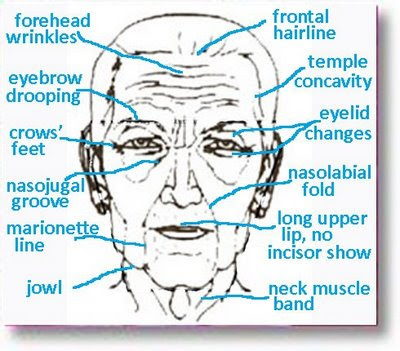Please tweet and retweet
Tweet
This a question most patients have going into facelift surgery and my usual answer was 5 to 10 years depending on genetics, age at surgery (it lasts longer in younger patients), exposure to extreme climates and active or passive smoking. Now a long study out of the UK shows that more than five years after facelift surgery, three-fourths of patients still look younger than they did before surgery. The researchers looked at photographs of 50 patients who had undergone facelift surgery an average of 5½ years previously. Surgical changes in the lines around the nose and mouth had the greatest longevity while the angle of chin to neck (the neck outline) changes deteriorated the most during this time frame. This is probably why neck revisions after facelift surgery are more common than revisions above the jaw line. The study does not tell us how long all of the changes last only that they last to some degree for more than 5 years.
One of my male facelift patients in his 60s did not require anything but a laser resurfacing a few years after facelift surgery and sculptra dermal filler injections 8 years after facelift surgery to maintain his results.
Facelift
Male Facelift
Face and Neck Lift1
Face and Neck Lift2
Mini Facelift-Lifestyle Lift-Quick Lift
Aaron Stone MD - Plastic Surgeon Los Angeles
Aaron Stone MD - twitter




